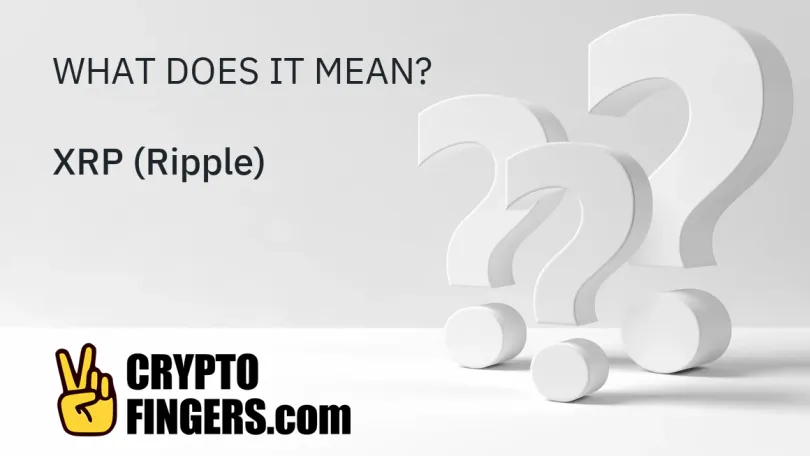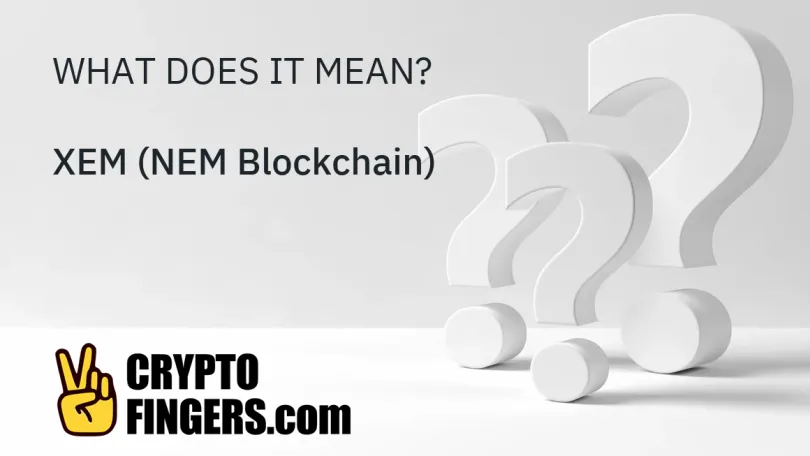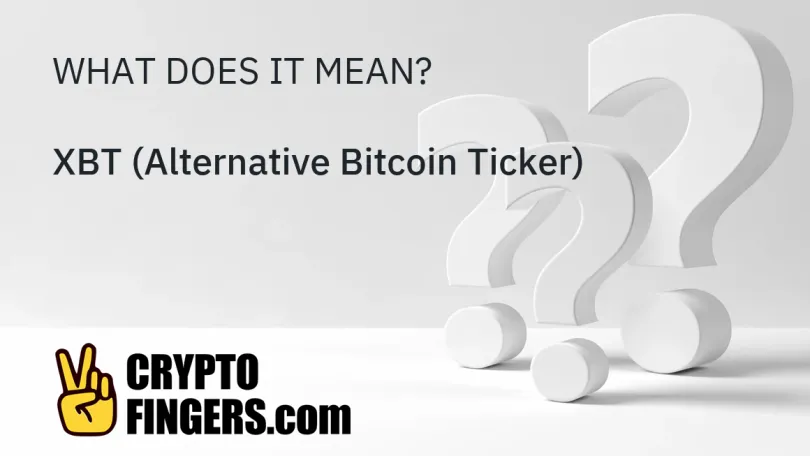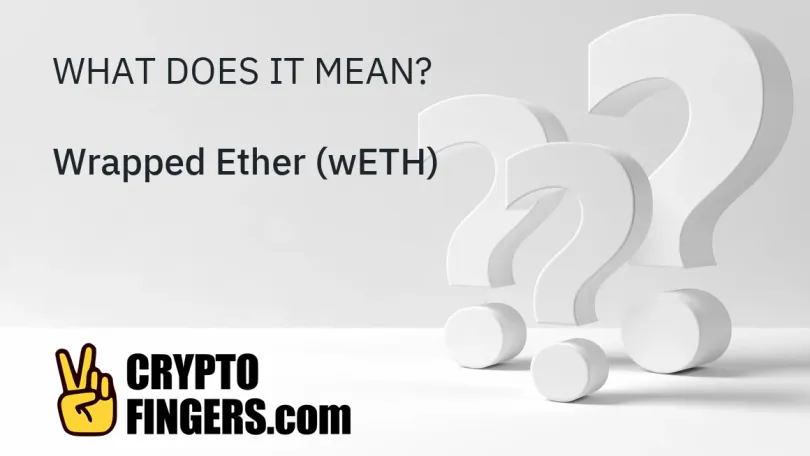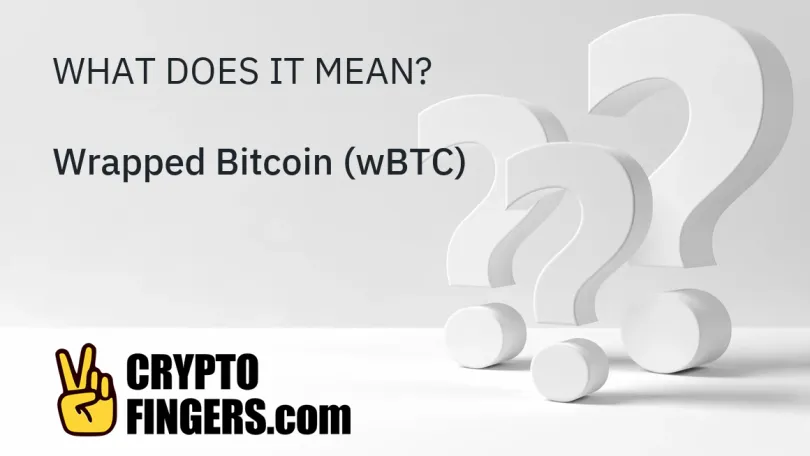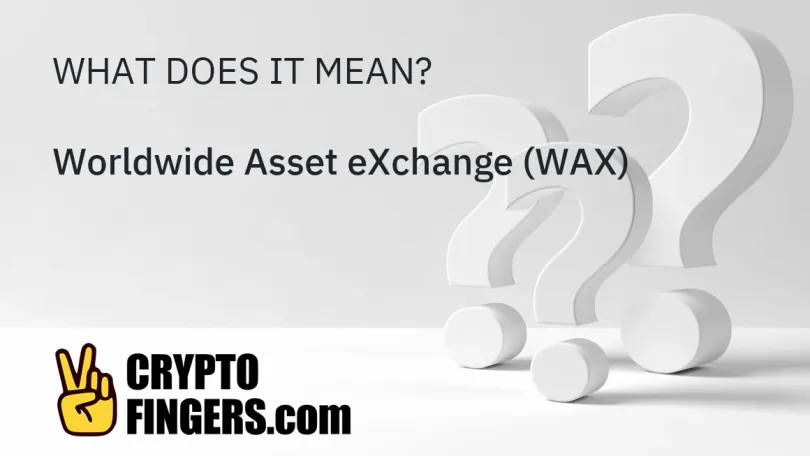⁝⁝⁝
Publications
XRP is the native coin of the Ripple Ledger Network. It is designed to be a medium of exchange and value transfer, and is intended to be used as a low cost bridge between fiat currencies..
XEM is the native token of the NEM blockchain and is used for payments on the network. Additionally, users must hold XEM to participate in NEM's consensus process..
XBT is an alternative ticker symbol for bitcoin (BTC) used by some exchanges. Its format is derived from a currency code standard created by the International Organization..
X16R is the hashing algorithm designed, created, and employed by the Ravencoin blockchain network. X16R was designed to reduce the centralization of application-specific integrated circuit..
A wrapped token is a cryptographic asset that is pegged to the value of another cryptocurrency. The asset is called a wrapped coin or wrapped token because the initial asset is put..
Wrapped Nexus Mutual (wNXM) is a one-to-one ERC-20 representation of the Nexus Mutual token (NXM), which is the native token of the Nexus Mutual platform, a decentralized alternative..
Wrapped ether (wETH, also stylized "WETH") is an ERC-20 representation of ether (ETH), which allows it to be directly traded with other ERC-20 tokens, something not possible with unwrapped..
Wrapped Bitcoin (wBTC) is an ERC-20 token which represents bitcoin (BTC) at a 1:1 ratio. wBTC was jointly created by Bit Go, Kyber Network, and Ren, and was intended to bring more liquidity..
The Worldwide Asset eXchange (WAX) is a blockchain-based marketplace for physical and virtual items, including non-fungible tokens (NFTs) and video games.
The World Wide Web Consortium (W3C) is an international standards organization for the World Wide Web. W3C has over 400 members which collectively develop web standards in tandem..
⁝⁝⁝
Trending news
- Artificial Intelligence (AI)
- Altcoins
- Bitcoin
- DeFi
- Ethereum
- Economy
- Market and Events
- Metaverse
- Mining
- NFT
- Regulation
- Web3
- show less
⁝⁝⁝ Test your knowledge














